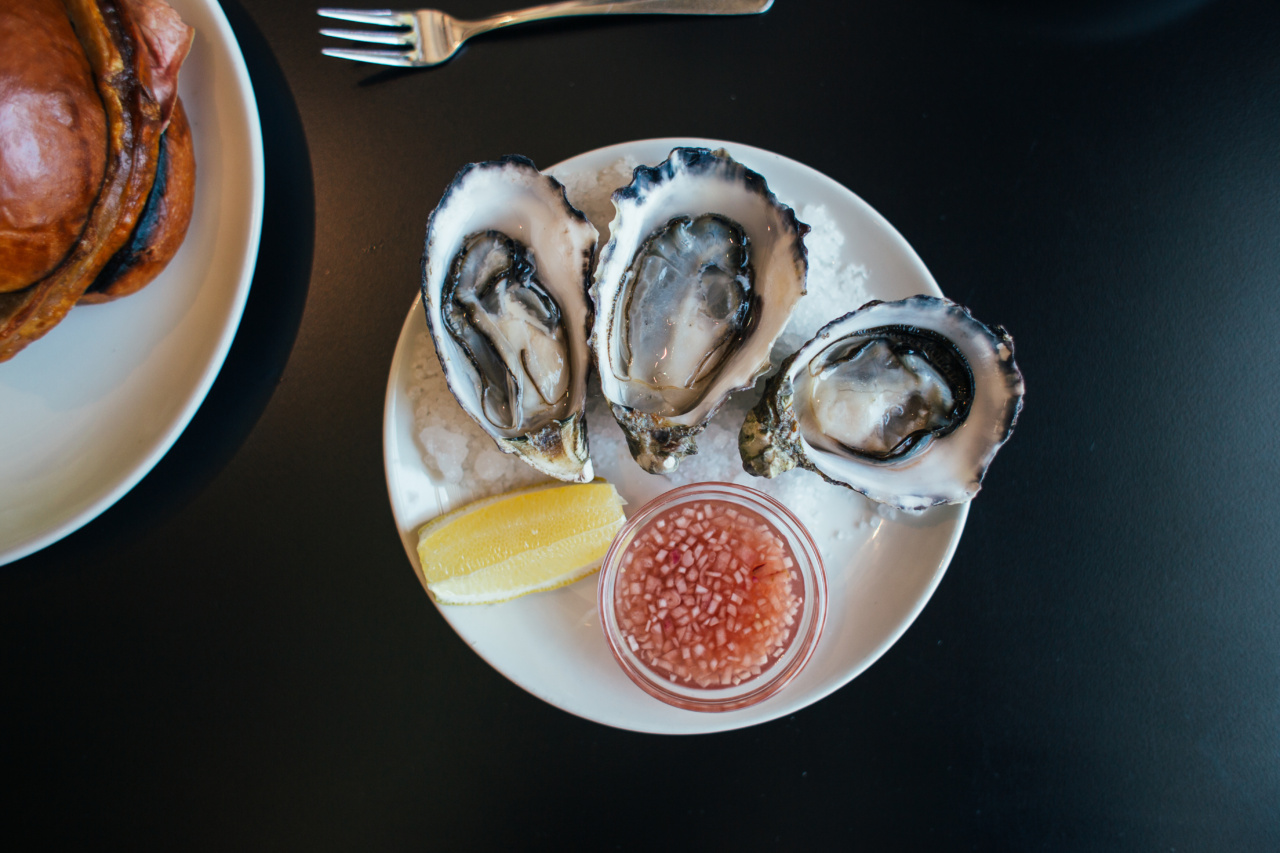Have you ever wondered why your meal tastes slightly different when you eat with different sets of silverware? It turns out that the utensils you use can actually affect the flavor of your food.
While it may seem surprising, various factors such as the material, design, and weight of silverware can all have an impact on your dining experience. In this article, we will explore how silverware influences the taste of your meal and why it is worth paying attention to the cutlery you use.
The Role of Material
The material from which silverware is made plays a significant role in altering the flavor of your meal. The most common materials used for utensils include stainless steel, silver, and various alloys.
Stainless steel, the most widely used material, is known for its durability and affordability. However, it can affect the taste of certain foods due to its metallic properties.
On the other hand, silver utensils have been favored by many due to their elegance and luxury.
Silver is a highly conductive material and can react with sulfur compounds present in certain foods, such as eggs or onions, resulting in a slightly altered flavor. While some people appreciate this effect, others may find it undesirable.
Alloyed silverware, made by combining silver with other metals, offers a middle ground between stainless steel and pure silver.
This type of silverware tends to be more durable and less reactive with food, making it a popular choice among those who want a balance between functionality and taste preservation.
Design and Shape
The design and shape of silverware can also impact the flavor of your meal. Consider the size and weight of the utensils, as they can influence the way you perceive the taste of your food.
For example, heavier cutlery can make your meal seem more substantial and satisfying.
Additionally, the shape and design of the utensils can affect how the food is presented and consumed. Different types of cutlery, such as forks, spoons, and knives, have distinct purposes and can enhance the dining experience when used appropriately.
The design may also impact how the food interacts with your taste buds, ultimately influencing the overall flavor perception.
The Impact of Texture
The texture of silverware can also contribute to the way your meal tastes. Smooth and polished utensils tend to have a neutral effect on food flavors.
However, rough or abrasive surfaces can slightly alter the taste, especially when it comes to delicate dishes or those with subtle flavors.
Additionally, the texture of the handle can influence your grip and control over the utensil. This aspect may seem unrelated to flavor, but it can affect how you handle and experience the food.
A comfortable grip can enhance the dining experience, making the meal more enjoyable.
Temperature and Conductivity
Temperature plays an essential role in the flavor of your meal, and silverware can influence this aspect as well. Various materials have different thermal conductivity properties, meaning they can transfer heat from the food to your hands differently.
Silver utensils have excellent thermal conductivity and can quickly adapt to the temperature of the food.
This property is particularly beneficial when consuming hot dishes, as the utensil won’t substantially absorb or dissipate heat, ensuring your food remains warmer for longer.
Conversely, stainless steel tends to have lower thermal conductivity. While this may not significantly affect the taste, it can influence the temperature at which you eat your meal.
Stainless steel utensils may feel colder to the touch, potentially cooling down your food faster.
Cleaning and Maintenance
Regular cleaning and maintenance of your silverware can also impact its effect on the flavor of your meal. Over time, silver utensils may tarnish or develop a patina, especially if not properly cared for.
These changes can affect the taste of certain foods, as the oxidation process alters the surface properties of the utensils.
It is crucial to clean your silverware thoroughly, ensuring that no residual food particles or cleaning agents are left behind. These particles can interact with the flavors of subsequent meals, resulting in an undesired taste.
The Importance of Mindful Dining
As we have explored, silverware significantly influences the flavor of your meal. Therefore, it is worth paying attention to the utensils you use.
By choosing the right material, design, and shape, you can enhance your dining experience and fully enjoy the flavors of your food.
Additionally, practicing mindful dining can further elevate your culinary journey. Taking the time to savor each bite, appreciating the textures, and being present in the moment can intensify the sensory experience of your meal.
Combination of mindful dining and carefully selected silverware can lead to a heightened enjoyment of the flavors and overall dining experience.
Conclusion
Silverware goes beyond being a mere tool for eating. It has a significant impact on how you perceive the taste and experience your meal.
The material, design, shape, texture, temperature, and maintenance of your utensils all contribute to the overall flavor. Whether you opt for stainless steel, silver, or an alloy, choose the utensils that align with your preferences and enhance your dining experience.
With mindful dining practices, you can fully appreciate the flavors and make each meal a delightful event.































